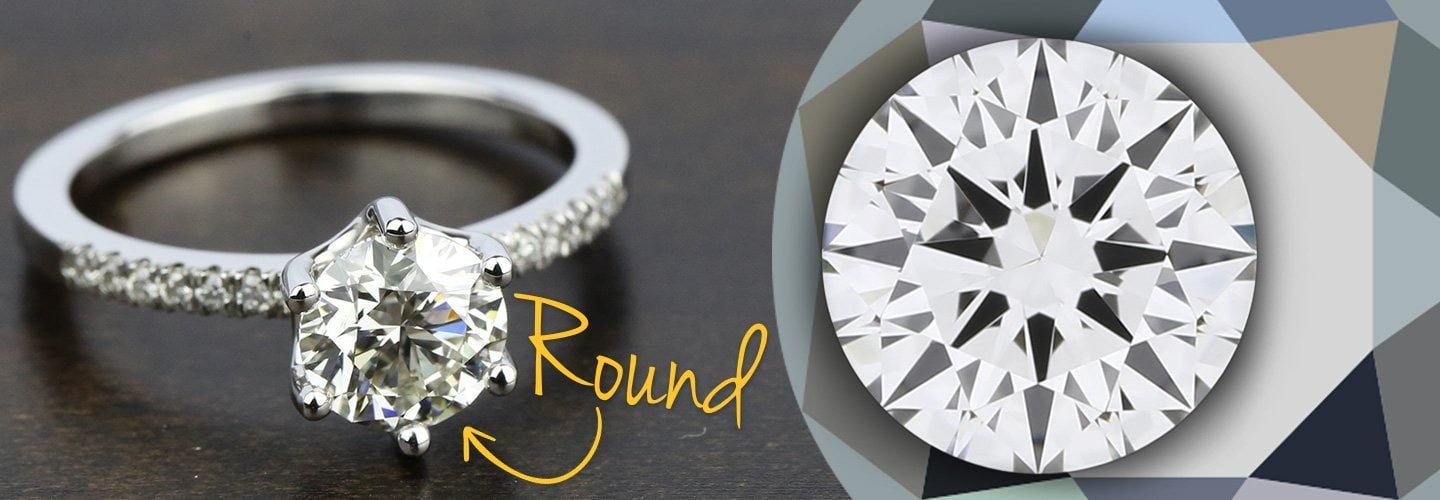Depth and Table for a Round Cut Diamond

Round diamonds are as classic as they are timeless and are often the shape people think of when picturing diamonds. Variations of the round shape have been used as long as diamonds have been cut. Their scintillating glimmer keeps them popular, and the round cut is considered to be the gold standard for diamonds in the eyes of diamond connoisseurs, gemologists, and everyday consumers. Interestingly, a round cut loses more of its original diamond carat weight during cutting and processing than any other shape. This, more than the shape's popularity, is what makes round cut diamonds more expensive than other shapes.
A round diamond's brilliance is enhanced by its cut which is determined by the use of scientific calculations performed by expert diamond cutters. These calculations help create a better cut, polish and symmetry, making a round diamond appear even more brilliant. With other diamond shapes, settling for lower grades of color or clarity usually means sacrificing some of the beauty of the stone. Round diamonds, because they are better at reflecting light and dispelling color, usually maintain the same aesthetic appeal, even when they have a lower clarity or color rating.
Round Cut Diamond Guide
Every diamond shape has a length-to-width ratio that determines how a diamond will appear when viewed from above. When selecting a loose round diamond, look for a length-to-width ratio between 1.0 and 1.05.
| Depth % Range for Round Cut Diamonds |
|
|
Ideal
|
Excellent
|
Very Good
|
Good
|
|
|
63-59.5
|
63.5-59
|
64-58
|
65-57.5
|
| Table % Range for Round Cut Diamonds |
Ideal |
Excellent |
Very Good |
Good |
|
|
59-54 |
60-53 |
61-52 |
63-52 |
